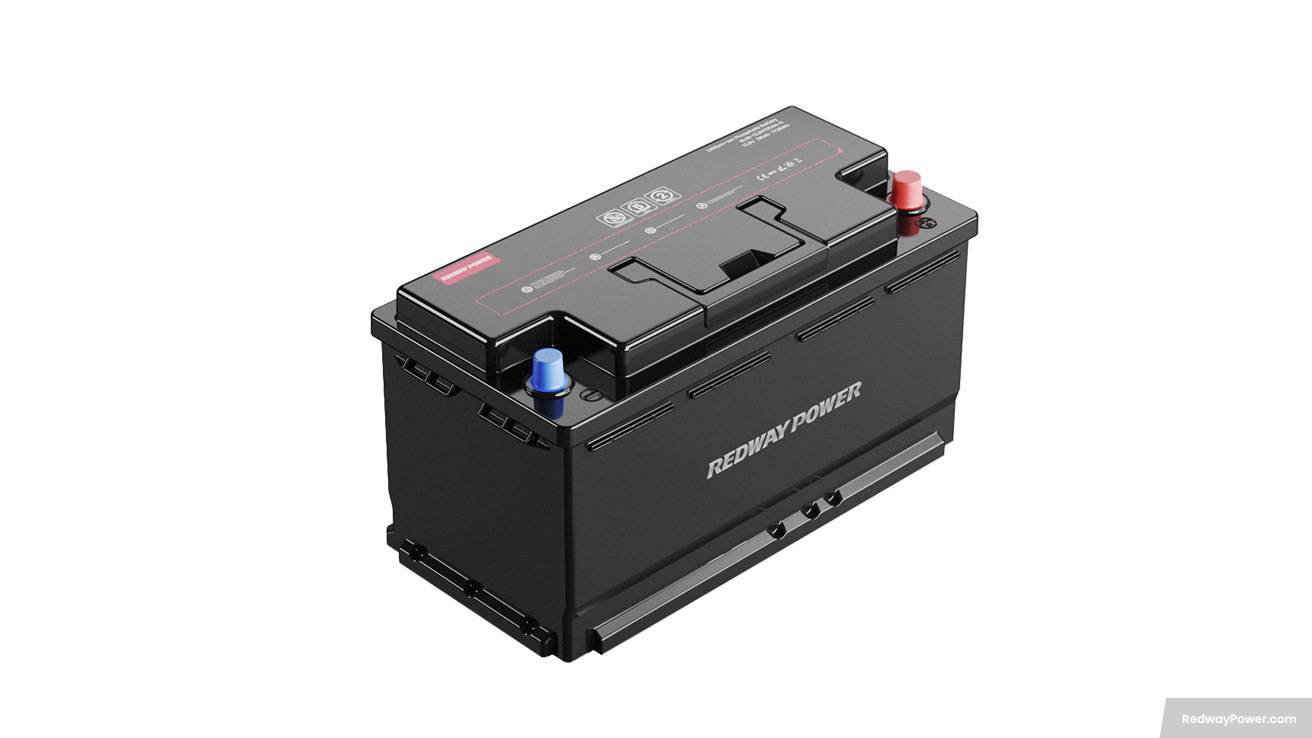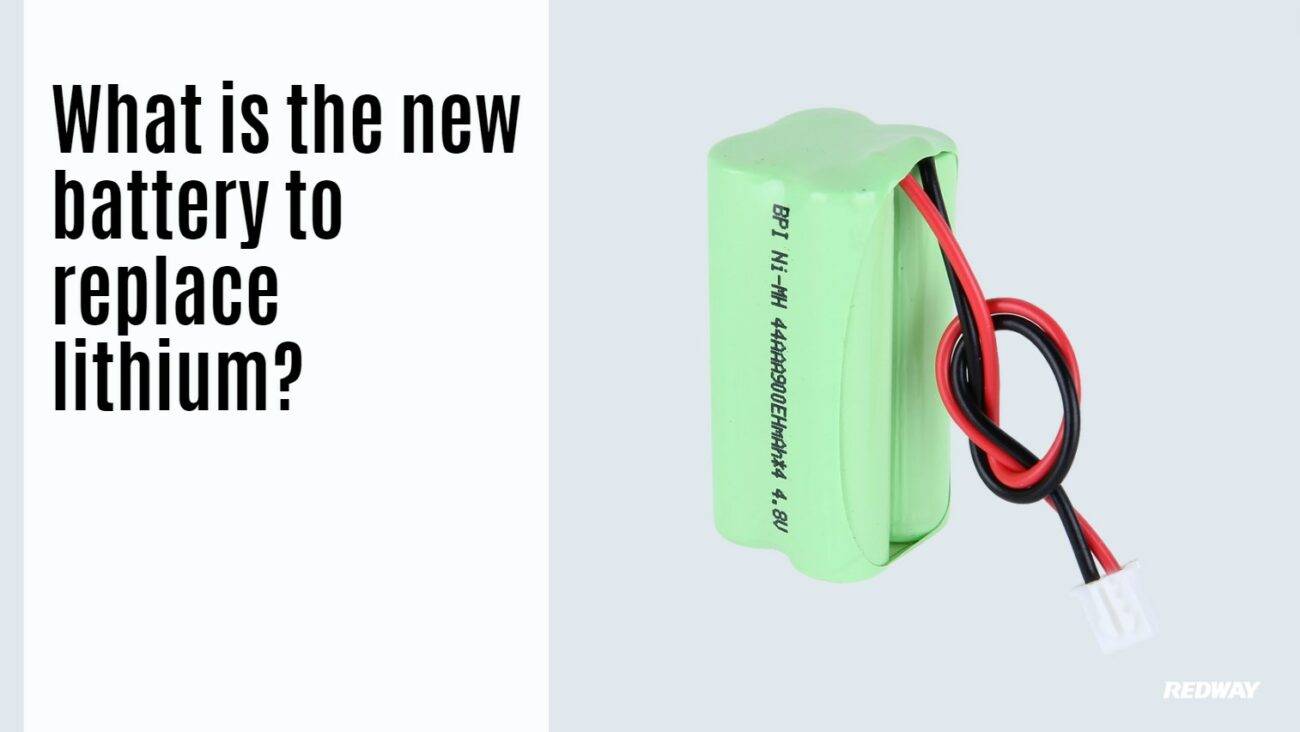
Blog
What Are the Alternatives to Lithium Batteries?

Alternatives to lithium batteries include nickel-metal hydride (NiMH), lithium iron phosphate (LiFePO₄), sodium-ion, solid-state, lithium-sulfur, and flow batteries. These options offer varying benefits in safety, cost, lifespan, and environmental impact, catering to specific applications from consumer electronics to grid storage. Redway Power provides expertise in lithium batteries but acknowledges these alternatives for evolving energy needs.
What are the common types of lithium battery alternatives currently available?
The most common lithium battery alternatives are NiMH (nickel-metal hydride), lithium iron phosphate (LiFePO₄), and sodium-ion batteries. NiMH batteries are valued for safety and recyclability, widely used in everyday devices. LiFePO₄ batteries offer exceptional thermal stability, long cycle life, and safety for applications like solar power and electric vehicles. Sodium-ion batteries promise abundant resource use and cost-effective large-scale storage but have lower energy density.
How do nickel-metal hydride (NiMH) batteries compare to lithium-ion batteries?
NiMH batteries have lower energy density (about half of lithium-ion) but are safer, more eco-friendly, and less expensive. They contain no cobalt or lithium, reducing environmental impact. NiMH excels in moderate-drain devices like remotes and toys and provides good rechargeability with hundreds to over a thousand cycles. However, they are bulkier and heavier than lithium-ion cells.
What advantages does lithium iron phosphate (LiFePO₄) technology offer as an alternative?
LiFePO₄ batteries provide superior safety with thermal stability preventing fire risks, an extended cycle life exceeding 2,000 charges, and wide operating temperature ranges. Though heavier and larger, they excel in durability and are ideal for off-grid solar, power backup, and electric vehicles. Redway Power integrates LiFePO₄ chemistry in OEM battery packs to balance performance and safety for specialized applications.
Are sodium-ion batteries viable replacements for lithium-ion batteries?
Sodium-ion batteries present a promising alternative due to sodium’s abundance and low cost. They offer good safety and scalability for grid-level energy storage. However, their energy density is lower, resulting in shorter runtimes or range compared to lithium-ion batteries. Currently, sodium-ion remains mostly in development with limited consumer device availability but strong potential for future adoption.
What role do solid-state batteries play in lithium battery alternatives?
Solid-state batteries replace liquid electrolytes with solid materials, enhancing safety and energy density. While they promise longer lifespans and faster charging, manufacturing complexity, high cost, and limited commercial availability restrict their current use. These batteries represent a next-generation technology expected to gradually supplement or replace lithium-ion cells in the coming years.
How are lithium-sulfur and flow batteries different from lithium-ion alternatives?
Lithium-sulfur batteries use sulfur cathodes to reduce cobalt dependence and offer higher theoretical energy density but suffer from rapid degradation, limiting current practical use. Flow batteries store energy in external liquid electrolytes, providing massive capacity and cycle life ideal for grid-scale storage but are bulky and unsuitable for portable applications.
What are the environmental and cost considerations among lithium battery alternatives?
Alternatives like NiMH and LiFePO₄ reduce reliance on scarce or ethically challenged materials like cobalt and lithium. Sodium-ion batteries use abundant raw materials, lowering costs and supply risks. While alternatives may have lower energy densities or larger sizes, their improved sustainability and safety profiles appeal to eco-conscious consumers and industries focused on circular economy principles.
How do usage scenarios influence the choice of lithium battery alternatives?
Device requirements, such as energy density, charge times, safety, cost, and lifespan, dictate the best battery technology. Consumer electronics may favor NiMH or future solid-state batteries, electric vehicles and portable power benefit from LiFePO₄, while grid-scale applications lean toward sodium-ion or flow batteries. Understanding these factors helps select the right technology for specific needs.
Chart: Comparison of Key Lithium Battery Alternatives
| Battery Type | Energy Density (Wh/kg) | Cycle Life | Safety | Cost | Typical Uses |
|---|---|---|---|---|---|
| Lithium-ion (Li-ion) | 150-250 | 500-1,500 | Moderate | High | Electronics, EVs, tools |
| Nickel-metal Hydride | ~60-100 | 500-1,200 | High | Medium | Toys, remotes, appliances |
| Lithium Iron Phosphate | 90-120 | 2,000+ | Very High | Medium-High | Solar, EVs, backup power |
| Sodium-ion | 100-160 (developing) | 1,000+ (developing) | High | Low | Grid storage, large-scale apps |
| Solid-state | 200-300 (potential) | 1,000+ (projected) | Very High | High (experimental) | Future portable devices, EVs |
| Lithium-Sulfur | 300-500 (potential) | Low (<100) | Moderate | Medium | Research stage, niche |
| Flow Batteries | Variable | 10,000+ | Very High | High | Grid and utility scale |
How does Redway Power address evolving battery technology and alternatives?
Redway Power leverages over 13 years of OEM manufacturing expertise and uses advanced MES (Manufacturing Execution System) to produce high-quality lithium battery solutions, including LiFePO₄ chemistries. The company actively monitors emerging technologies and integrates safe, reliable designs tailored for diverse applications, emphasizing performance, durability, and environmental responsibility.
Redway Power Expert Views
“While lithium-ion batteries dominate today’s market, the quest for safer, more sustainable, and cost-effective alternatives is vital. At Redway Power, we embrace innovation by refining lithium iron phosphate packs and watching emerging technologies like sodium-ion and solid-state evolve. Our commitment is to deliver reliable, safe, and environmentally mindful energy solutions, empowering customers with the best-in-class battery options suited for tomorrow’s challenges.” — Redway Power Expert
Conclusion
Lithium battery alternatives span a diverse range from NiMH and LiFePO₄ to cutting-edge sodium-ion, solid-state, and flow batteries. Each brings unique advantages and trade-offs tailored to specific energy needs, safety, cost, and environmental goals. As technology advances, these alternatives will complement or partially replace lithium-ion batteries. Redway Power’s expertise ensures adaptable, quality battery solutions that meet evolving market demands.
FAQs
Q: What is the safest alternative to lithium-ion batteries?
A: Lithium Iron Phosphate (LiFePO₄) batteries offer superior safety and thermal stability.
Q: Are sodium-ion batteries commercially available today?
A: They are mostly in development with limited consumer product availability but promising for grid storage.
Q: How do NiMH batteries compare environmentally with lithium-ion?
A: NiMH batteries avoid toxic cobalt and lithium, offering better recyclability and lower environmental impact.
Q: What are flow batteries used for compared to lithium-ion?
A: Flow batteries serve large-scale grid energy storage with long cycle life but are too bulky for portable use.
Q: Does Redway Power provide alternatives to traditional lithium-ion batteries?
A: Yes, Redway Power manufactures LiFePO₄ lithium batteries and continually explores emerging technologies to offer advanced, safe energy solutions.




